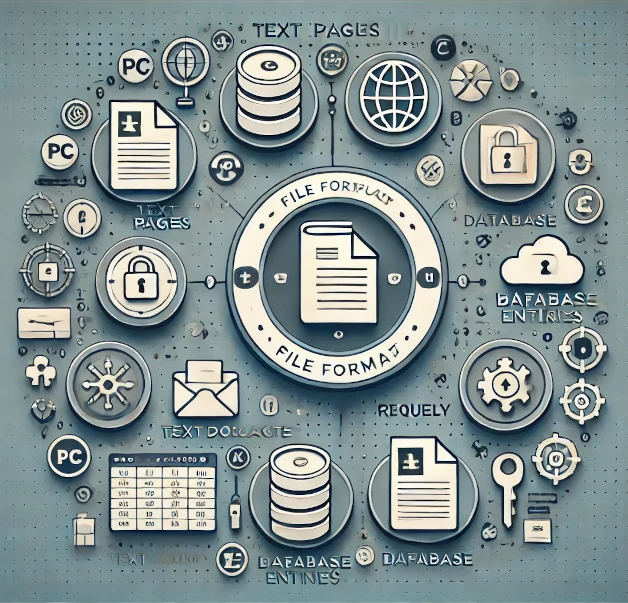The new data structure is being developed to bridge the gap between specialized and general-purpose file formats.
The concept behind Linwalt aims to offer an elegant solution for storing binary data that can be managed efficiently both locally and in the cloud.
The format is characterized by its streamlined structure, which allows data to be stored serially and efficiently.
This serialization ensures a compact and easily understandable data structure that can be applied in a wide variety of scenarios.
A key highlight of Linwalt is its flexibility in offline data capture and subsequent synchronization.
The format was designed with the goal of collecting data in situations where an immediate connection to a cloud service is not available.
The collected data can be stored locally and synchronized later once a network connection is established.
This enables seamless integration of offline data into centralized data storage without compromising data consistency and integrity.
For use in cloud storage environments, Linwalt files are an excellent solution.
The lightweight and serialized format is especially well-suited for cloud services, as it ensures efficient data storage and transmission.
Data can be easily exchanged between different systems and platforms, making Linwalt an ideal format for email transmission and other forms of data transfer.
The format utilizes secure AES-256 encryption, making it suitable for privacy-compliant storage of personal data.
This modern encryption technology ensures that sensitive information is protected from unauthorized access and complies with current security standards.
This has become especially important as data protection and security continue to play an increasingly significant role.
In addition, the Linwalt system includes a concept for establishing multi-user management with permissions and role-based access control.
This system allows specific access rights and roles to be defined for different users, without the need to store passwords or their hashes.
This not only enhances security but also improves usability by significantly reducing the risk of password theft and compromise.
With its user management and flexibility in storable data types, the system is intended to function like a simple database management system.
This allows database applications to export and import transport files, possibly even from other applications, greatly enhancing interoperability,
and giving data owners sovereignty over their data — for example, through partial backups or simplified data migration.
The implementation is planned to support multiple programming languages, making it easier for software developers to integrate the format into their applications.
From Python to Java to C++, Linwalt is expected to be available in many popular programming languages, ensuring broad applicability and easy integration into existing software.
The documentation for Linwalt is currently in preparation and is expected to be published by the end of 2025 or in 2026.
An affordable licensing model is planned to encourage adoption and usage of Linwalt.
In summary, Linwalt’s lean and flexible architecture offers a promising solution to the demands of modern data storage and exchange.
Its support for offline capture, cloud synchronization, and broad programming language compatibility makes it a valuable tool
for a wide range of applications and scenarios.
